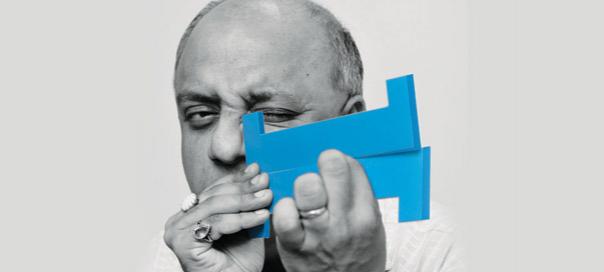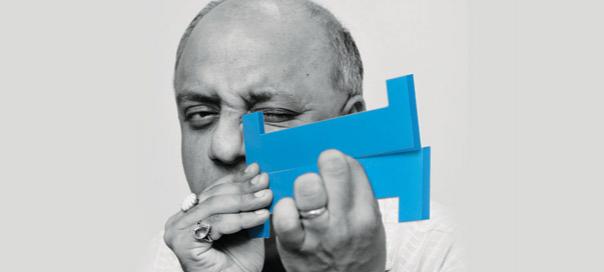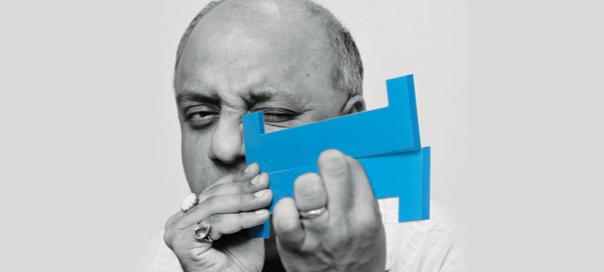While on his campaign trail in politically crucial Colorado for the November 6 US presidential election, it was not all smooth sailing for Barack Obama, the New York Times reports. His press secretary, Jay Carney, was forced to address questions about the President’s comments to the Spanish press that he considers the new Egyptian government neither an ally nor a foe. As quoted by NYT, Carney replied: “The president, in diplomatic and legal terms, was speaking correctly. We do not have an alliance treaty with Egypt. Ally is a legal term of art. As I said, we do not have a mutual defence treaty with Egypt. But as the president has said, Egypt is a longstanding and close partner of the United States and we have built on that foundation in supporting Egypt’s transition to democracy and working with the new government.”
The cartoon on US Vice President Joseph Biden by Mike Luckovich, editorial cartoonist with The Atlanta Journal- Constitution, is a similar exercise, but more hilarious. Both are pointers to what the political world would have been – or wouldn’t be – if such spokespersons, press secretaries, political press agents or publicists weren’t there to ‘spin’ favourable interpretations of events for the media to pick up. Today, politicians, academics, bureaucrats, administrators and corporate leaders realize the need to project the image they individually desire. Sometime in 1984, The New York Times used the term “spin doctors” for senior advisers who bolster “confident opinions” and “favourable spins”. Since then “spin doctors” have come to be known as a band of informed people who know what to disseminate, when to disseminate and how to disseminate positive information about the people or organizations they represent.
Take the case of Narendra Modi. Whatever be the controversies surrounding the Gujarat Chief Minister, the Press and thought leaders outside India have acknowledged him as an astute and able administrator under whom Gujarat has seen phenomenal growth. But considering an image impacted by the Godhra incident and its aftermath, it would require a tough balancing act to project Modi as the next Prime Minister of the country. According to reports and political rumour mills, senior journalist Kanchan Gupta - a PMO veteran, foreign affairs expert and known activist - has quit The Pioneer to strategize for Modi’s alleviation. Indeed, only a learned and experienced advisor like Gupta can put a ‘spin’ for Modi to realize his ambition.
But this is not to say that the spin doctor’s job is easy. Pankaj Pachouri, Prime Minister Manmohan Singh’s media advisor, has a tough job indeed - as did his predecessor Sanjaya Baru - managing the PM’s image in the face of multiple controversies and criticism. It is also a 24x7 job, considering the fact that many journalists they have to deal with either have no penchant for research or too little time to do it. A spin doctor is also accountable. Tony Blair’s spin doctor Peter Mandelson - a key architect in the rebranding of the Labour Party as ‘New Labour’ and its subsequent landslide victory in the 1997 general election – had to resign twice following allegations of using his position to influence people for personal gain. But Mandelson subsequently launched a consultancy called Global Counsel and is reportedly putting his contacts to good use.
Intrinsically, the information technology highway has made the spin doctor’s work all the more distinct and dynamic, but complex. As IT shrinks the world with accessibility, accountability grows, the fallout of which is a greater hankering and adherence to openness. To extrapolate, the spin doctor has to be in total control of the spin or direction he gives to an issue, without actually falling into a propagandist trap. That would mean that he must ensure that the information he disseminates is authentic and his exaggeration of the positivity he portrays does not sound fantastic. And he must be careful with a capital ‘C’. Last year, the Congress’ own spin doctor Manish Tewari, otherwise an erudite and well-informed speaker, had to apologise to Gandhian and anti-corruption leader Anna Hazare. Tewari had alleged Anna was “steeped in corruption from head to toe”.
Another case in point is the furore Aseem Trivedi’s cartoons caused. We know that we are in one of the most corrupt regions of the world. We accept corruption and curse its manifestation at the same time. But does that give us the right to take artistic liberties with our national emblems? Does the malaise give us the right to mock the symbols of nationalism? On one hand, it is taking the right to freedom of speech to an all new low. On the other, given that the cartoons which invited charges of sedition against Trivedi were released on the Internet for the whole world to see, we bared ourselves to snide criticism from international friends and foes alike. There is a lesson for spin doctors too to learn from this impasse.
“I missed the window. That’s what’s going on here. I missed the window to figure out... how to do this” -- golden words from Claudia Jean “C J”. Cregg, the White House Press Secretary played by Allison Janney, in the multi-award winning TV serial, The West Wing. Indeed, this ‘window’ – of opportunity to encash on or the opportunity to lay low -- spin doctors cannot miss. Here’s an example of how Singh’s spin doctors missed the opportunity to stay low and in the process, opened the door for more embarrassment for the PM. As DNA revealed recently, the PMO misconstrued Washington Post New Delhi bureau chief Simon Denyer’s apology for the delay in getting its reaction to his article on how the PM was “a dithering, ineffectual bureaucrat presiding over a deeply corrupt government” on the Post site as an apology for the attack on the PM. Spin doctors have to take stock of such errors. These have an impact worse than Trivedi’s cartoons.
In conclusion, all I say is that no matter how good the marketing or communication, it cannot better a product. Spin doctors will do their job, but cannot change the entities they represent.
Feedback: abatra@exchange4media.com
























